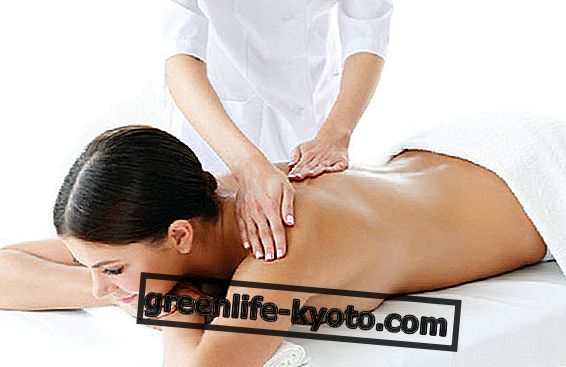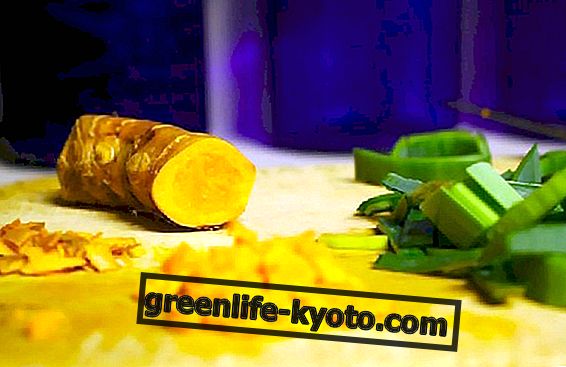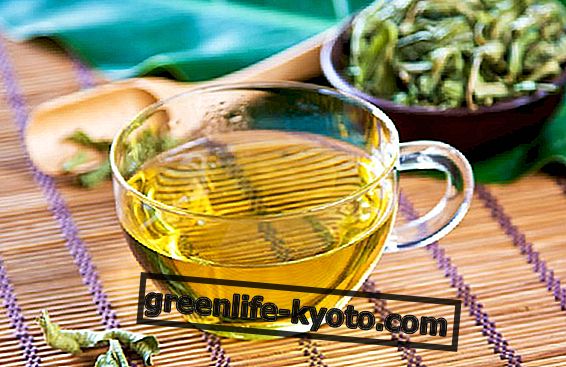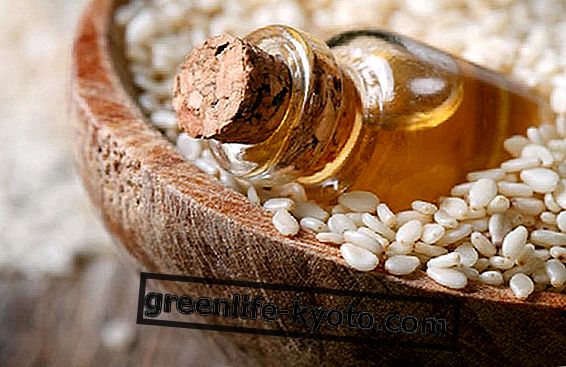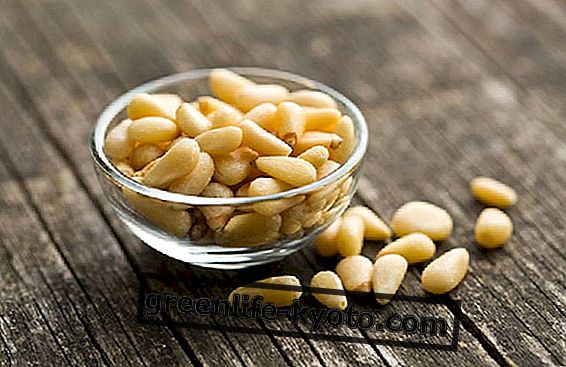The applied kinesiology massage works on the reflex zones between organs and muscles, on the nerves and the general balance . Let's find out better.

The technique of applied kinesiology massage
The discovery of the applied kinesiology massage is due to George Goodheart, a US chiropractor who in 1964 discovered that by manipulating the vertebrae the muscles could be strengthened or weakened. Goodheart deepened the reflexological connection between muscles and internal organs and between muscles and systems. By intervening on the muscle, therefore, one can also benefit a specific organ.
In applied kinesiology there are five ways to influence muscle strength:
- Neurolymphatic points : scattered on the body surface. If stimulated with circular movements they act on lymphatic drainage.
- Neurovascular points : they are placed on the skull. If pressure is exerted on them, the smooth muscles are adjusted to the level of the vessels.
- Peripheral nerves : through manual manipulation it is possible to act on these specific areas that come out of the various vertebrae.
- Acupuncture meridians : they exit from the intervertebral spaces and join energetically privileged points.
The seat
The kinesiologist starts with a careful examination of the body . The analysis includes the so-called challenge: it "challenges", that is, it negatively stimulates the body to probe its reaction capacity. This is done by manually examining the muscles, called indicators. Stimulation can be structural, biochemical or psychological . In applied kinesiology there is then a moment dedicated to postural analysis and analysis of the meridian system .
Clarity on kinesiology. Interview with Monica Caccin
Benefits and contraindications of the applied Kinesiology massage
The applied kinesiology massage acts positively on the right balance between three factors: structural condition, biochemical aspect, psychological condition . These factors are interconnected: the weakening of one of them leads to an overall imbalance. There are no particular contraindications, but the kinesiology therapist must know all the manipulations thoroughly.
Curiosity
Kinesiologists consider it essential to take care of the diet of a patient who suffers from muscle weakness because each muscle can be strengthened by taking specific minerals and vitamins.




